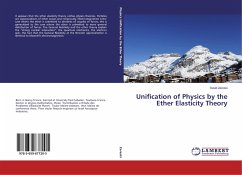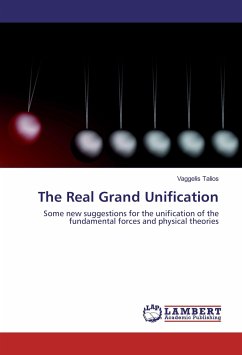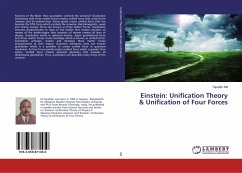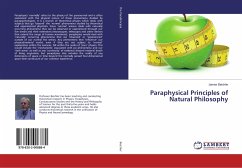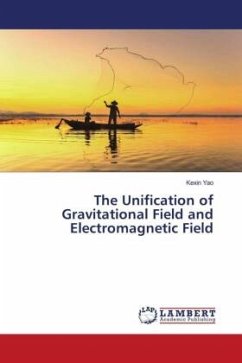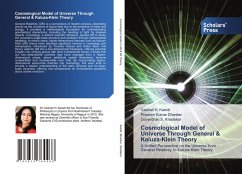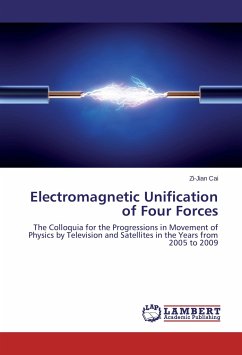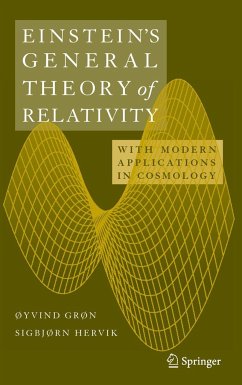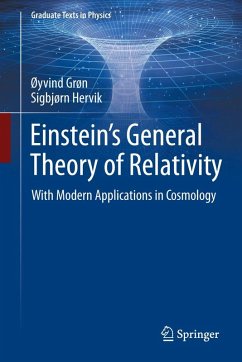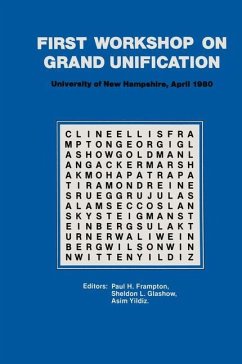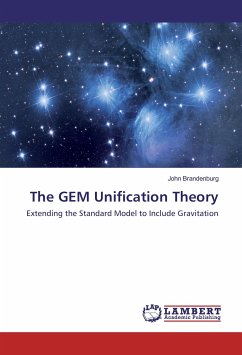
The GEM Unification Theory
Extending the Standard Model to Include Gravitation
Versandkostenfrei!
Versandfertig in 6-10 Tagen
22,99 €
inkl. MwSt.

PAYBACK Punkte
11 °P sammeln!
This manuscript presents the initial results of the GEM (Gravity-Electro-Magnetism) theory which attempts to unify the two long-range forces of nature, Gravity and Electro-Magnetism. They are unified under the two postulates that: 1. Gravity fields are an array of ExB drifts and 2. The separate appearance of Gravity and EM fields from each other is correlated with the separation of protons and electrons from each other as they emerge from the Planck scale. The theory produces the value of G: the Newton gravitation constant, and the proton mass to good accuracy from the Planck scale with no fre...
This manuscript presents the initial results of the GEM (Gravity-Electro-Magnetism) theory which attempts to unify the two long-range forces of nature, Gravity and Electro-Magnetism. They are unified under the two postulates that: 1. Gravity fields are an array of ExB drifts and 2. The separate appearance of Gravity and EM fields from each other is correlated with the separation of protons and electrons from each other as they emerge from the Planck scale. The theory produces the value of G: the Newton gravitation constant, and the proton mass to good accuracy from the Planck scale with no free parameters. The theory unexpectedly produces the values of the pion masses for the Strong Force and the W and Z boson masses of the Weak Force as quantum Mie scatterings off the hidden dimension structures associated with the proton and electron masses. The Higgs Boson mass follows from similar formalism. The GEM theory thus attempts to extend the Standard Model to include Gravitation. Thetheory predicts vacuum decay with the production of hydrogen and a CBR (Cosmic Background Radiation) and Gamma Ray Bursts associated with bare Black Hole mergers.



